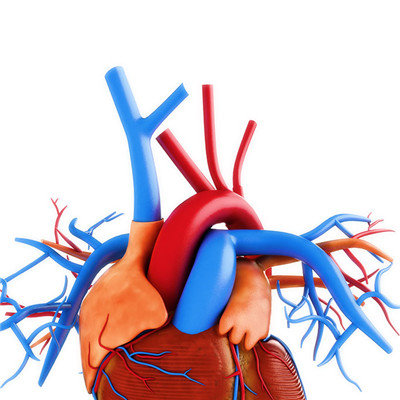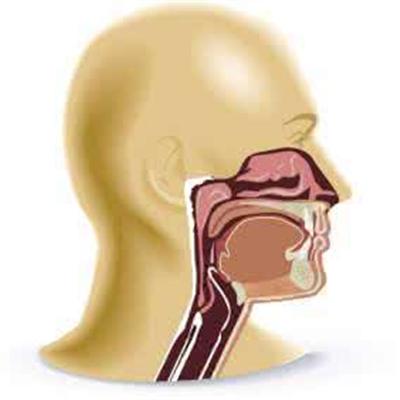Symptoms of invasive cervical cancer
summary
Invasive cervical cancer is often found in gynecological examination and confirmed by pathological biopsy. Part of the cervical cancer asymptomatic and naked eye abnormalities, known as preclinical invasive cervical cancer. In developing countries, 90% - 95% of invasive cervical cancer is squamous cell carcinoma, and 2% - 8% is adenocarcinoma. Cervical invasive cancer symptoms to talk to you.
Symptoms of invasive cervical cancer
The light and heavy of clinical symptoms are related to the early and late of illness. Cervical cancer can be asymptomatic in the early stage. With the development of the disease and different growth patterns of the tumor, the symptoms gradually appear. The main clinical symptoms of invasive cervical cancer are irregular vaginal bleeding, increased vaginal secretions and pain. The severity of these symptoms is directly related to the time of the lesion, the growth pattern of the tumor, the type of histopathology and the general condition of the patient.

Irregular vaginal bleeding is the main clinical symptom of cervical cancer patients, accounting for 80% - 85%, especially postmenopausal vaginal bleeding should be paid more attention. Vaginal bleeding is often caused by the rupture of tumor blood vessels, especially cauliflower tumor bleeding symptoms earlier, the amount is also more, if frequent bleeding, excessive blood loss can lead to serious anemia. Late cases can be caused by vaginal bleeding shock, more common in aggressive growth of the tumor.

The increase of vaginal secretion is also the main symptom of cervical cancer patients, which often occurs before vaginal bleeding. In the early stage, vaginal secretions may not have any odor. With the growth of cancer, secondary infection and necrosis of cancer tissue will occur, and the amount of secretions will increase, such as rice washing water or blood water, with a foul smell. When the tumor spreads upward and involves the endometrium, the secretion is blocked by the cervical cancer tissue and cannot be discharged, which can form intrauterine effusion or empyema. The patient may have symptoms such as lower abdominal discomfort, pain, backache, abdominal pain and fever.

matters needing attention
Prognosis the diagnosis and treatment of cervical cancer has been studied for nearly 100 years, the curative effect is remarkable, generally speaking, the prognosis is good. Early cases of surgery or radiotherapy can achieve good results. The 5-year survival rate was more than 90% in stage I and 70% in stage II. Because of the concentration of middle and late stage cases, radiotherapy is often used and the curative effect is satisfactory. The overall 5-year survival rate of radiotherapy is 55% ~ 65%, including 70% ~ 90% in stage I, 60% ~ 80% in stage II, 40% ~ 55% in stage III and 10% ~ 20% in stage IV.














